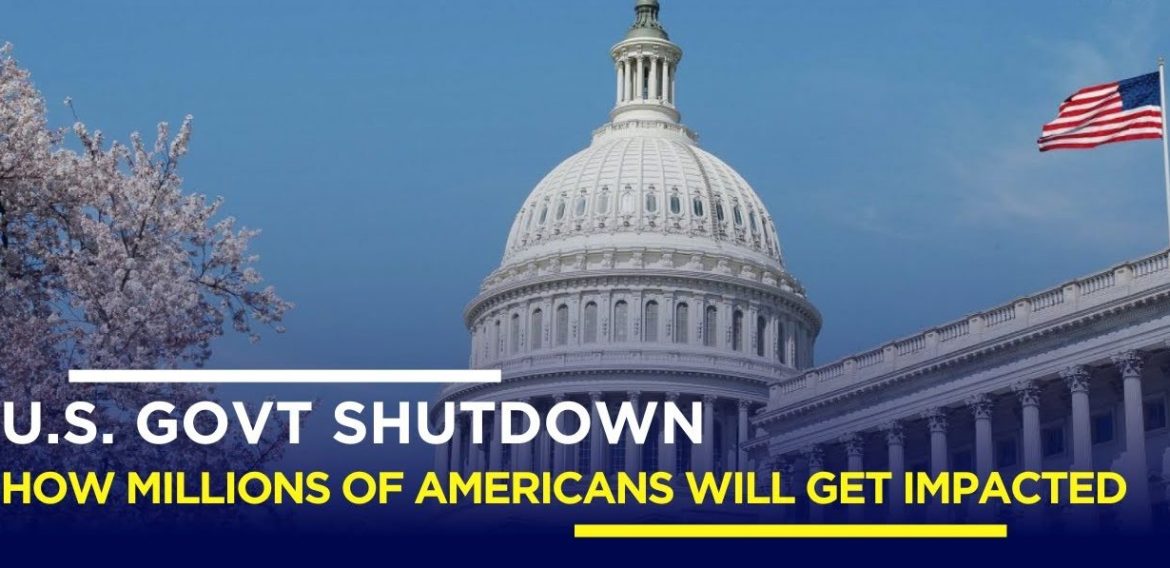Proposals that would have funded the government failed in the Senate on Tuesday.(US Government Enters Shutdown)
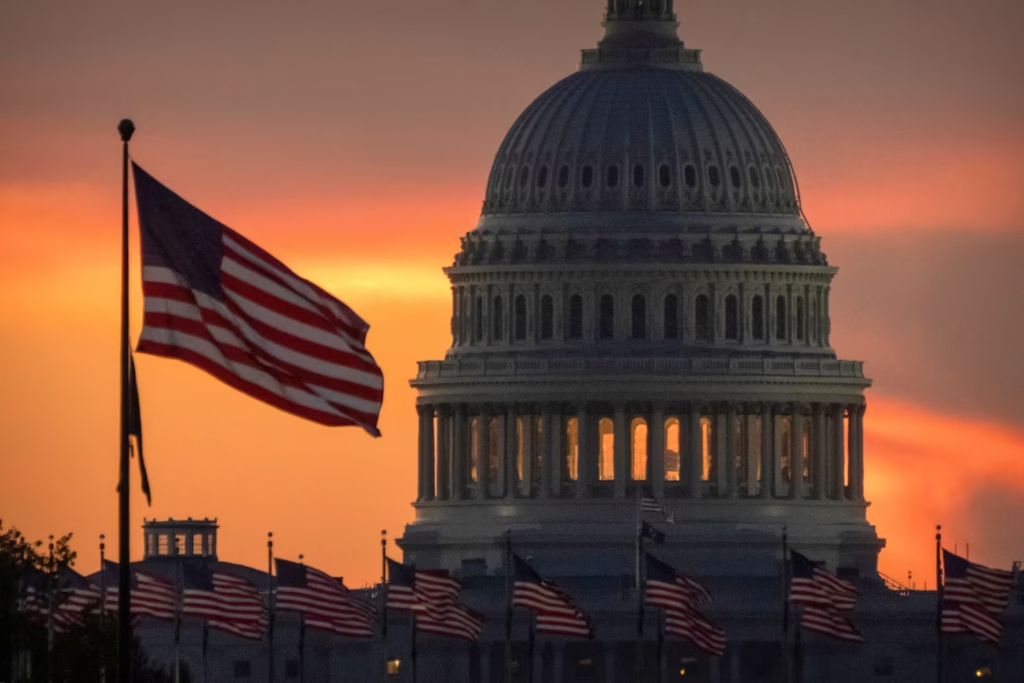
The dome of the U.S. Capitol is seen at sunrise, Oct. 1, 2025, in Washington.
Both Republican and Democratic attempts to keep the government funded past Tuesday collapsed in the Senate at the last moment, triggering a shutdown at 12:01 a.m. Wednesday. The Democratic proposal, which sought to extend Affordable Care Act health subsidies and undo Medicaid cuts, failed, as did the GOP’s short-term measure that would have funded the government for seven more weeks. After the votes, White House budget chief Russell Vought instructed federal agencies to carry out their shutdown plans.
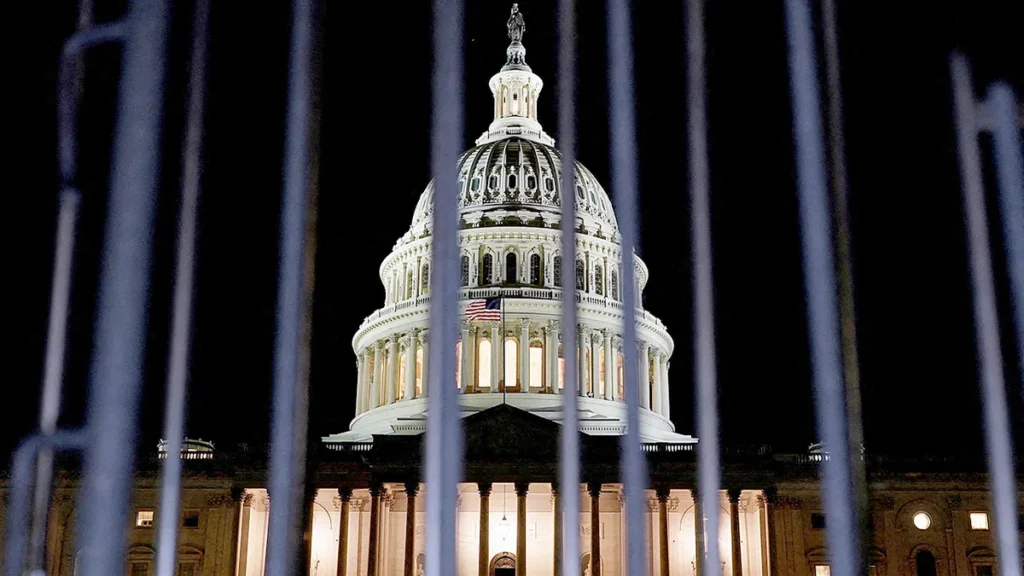
In a late-night showdown, the Senate rejected both Democratic and Republican funding bills, forcing the government to shut down at 12:01 a.m. Wednesday. Democrats’ plan to boost health subsidies and restore Medicaid cuts fell short, while the GOP’s temporary seven-week funding bill also failed. Following the stalemate, Budget Director Russell Vought ordered federal agencies to begin shutdown procedures.
The government shut down early Wednesday after the Senate failed to pass either party’s funding plan. Democrats pushed for a bill that expanded ACA health care subsidies and reversed Medicaid cuts, while Republicans backed a stopgap seven-week measure. With both proposals defeated, White House budget director Russell Vought instructed agencies to proceed with shutdown operations.
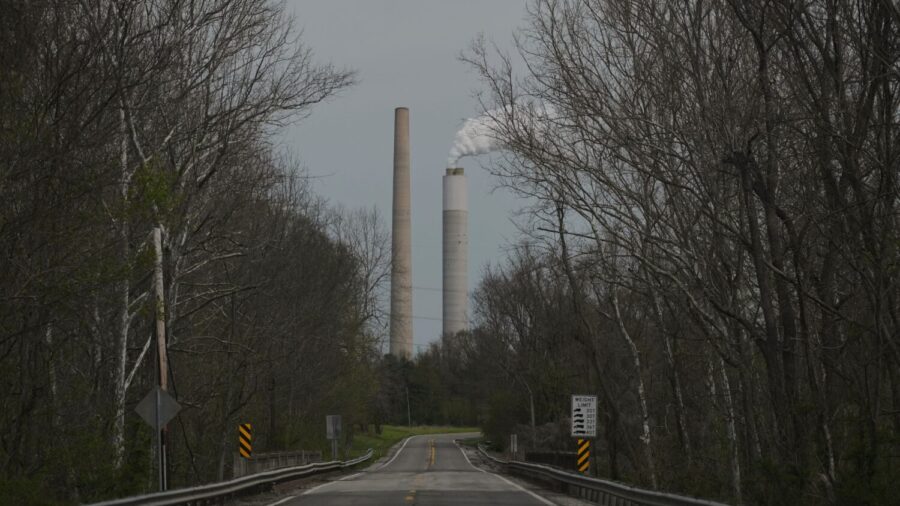
As the clock struck midnight Tuesday, the Senate failed to agree on either a Democratic or Republican funding bill, leaving the government without money and shutting it down at 12:01 a.m. The Democratic plan would have extended health subsidies and restored Medicaid funding, while the GOP offered a seven-week stopgap. With both measures voted down, the White House budget office directed agencies to move forward with shutdown plans.
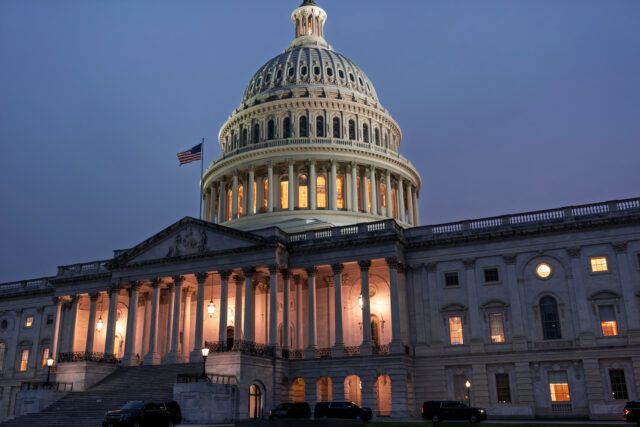
The US government has entered a shutdown after Senate Democrats rejected a Republican stopgap funding measure that did not meet their conditions. During shutdowns, non-essential federal employees are placed on furlough, meaning they are required to take unpaid leave. In the last major shutdown in 2013, about 850,000 workers were affected, according to the Committee for a Responsible Federal Budget. The federal government employs over two million civilians. While furloughed staff are guaranteed back pay once a shutdown ends, federal contractors typically are not compensated for lost wages.

Senate Minority Leader Chuck Schumer urged Republicans to return to the negotiating table after the Senate was unable to pass a funding measure to avoid a government shutdown. He emphasized that Democrats are willing to discuss solutions but stressed the need for cooperation.
At a press conference on Tuesday night, Schumer criticized Republicans for taking a hardline stance, arguing that meaningful negotiations cannot happen if the GOP insists on a one-sided approach. “It can’t just be their way or nothing at all,” he said.
The Senate is expected to vote again on Wednesday, likely on the same two measures that failed Tuesday.
President Donald Trump and a bipartisan group of congressional leaders met at the White House on Monday afternoon to attempt to avoid the looming shutdown.
Also Read:-What is Zoho, the software platform Ashwini Vaishnaw prefers over Microsoft and Google?
“I think we’re headed to a shutdown because the Democrats won’t do the right thing,” Vice President JD Vance said following that meeting.
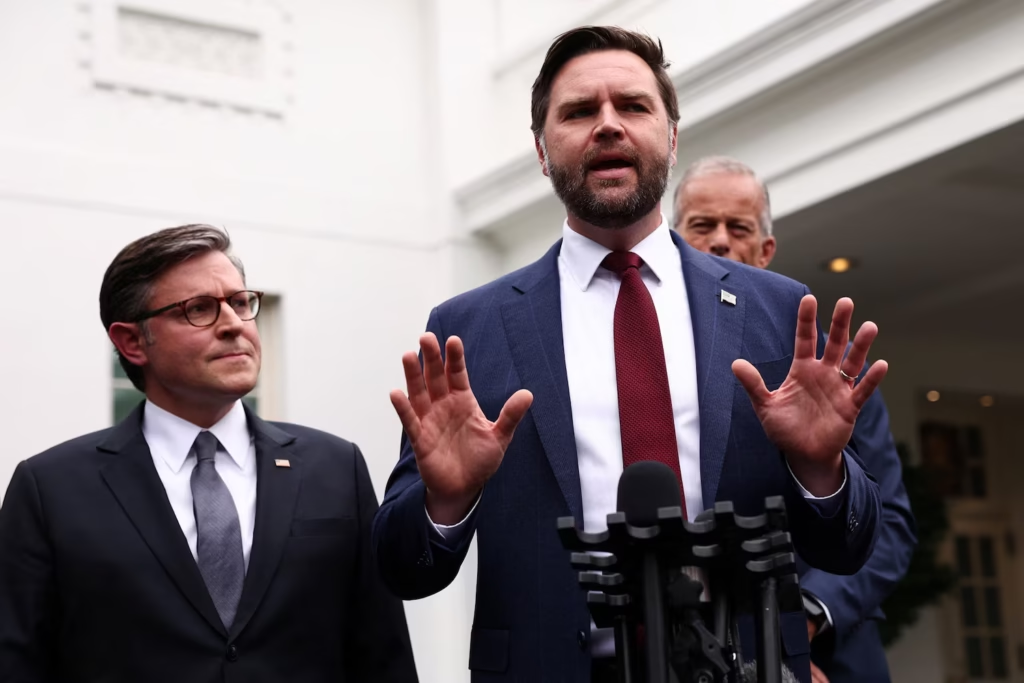
Vice President JD Vance speaks to the media next to Speaker of the House Mike Johnson and Senate Majority Leader John Thune (R-SD), on the day U.S. President Donald Trump meets with top congressional leaders from both parties, just ahead of a September 30 deadline to fund the government and avoid a shutdown, at the White House in Washington, D.C., U.S., September 29, 2025.
Congressional Democrats have withheld support for Republicans’ short-term funding plan, insisting on reversing Medicaid cuts and extending health care tax credits—provisions the GOP has resisted including. Without Democratic backing, Republicans have been unable to move their proposal forward.
Since the 1977 fiscal year, the US has experienced 20 government funding lapses, some lasting only a single day. With the latest breakdown, Wednesday’s shutdown marks the 21st such instance.
The most recent shutdown started in December 2018 under President Trump’s first term and went on to become the longest in US history, lasting 35 days. As it dragged on, some federal employees were forced to turn to food banks, while many essential staff began calling in sick.
Union leaders at the time noted that workers struggled to cover basic expenses, with many unable to afford childcare or even the gas required to commute to their jobs.
By the time the government reopened in January 2019, about $3 billion in U.S. economic activity evaporated, never to be recovered, according to the Congressional Budget Office.
Millions would be without pay

As many as 4 million federal employees, including some in the armed forces, risk missing paychecks during the shutdown. Hundreds of thousands—such as TSA officers, air traffic controllers, and certain military personnel—will still be classified as essential and required to report for duty without pay. Immigration and Customs Enforcement agents also fall into this category. Meanwhile, national parks may shut down, and Smithsonian museums often close within days of a funding lapse.
In addition, nearly 2 million service members could be compelled to keep working without pay, including hundreds from the National Guard who were deployed to U.S. cities under Trump’s orders.
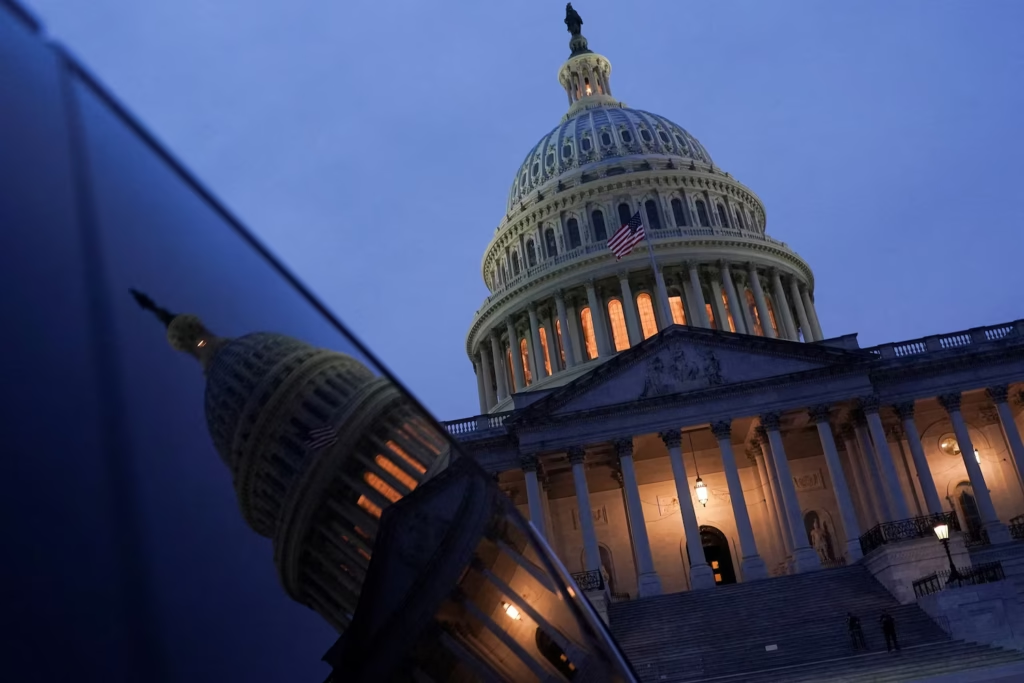
A view of the U.S. Capitol on Sept. 29, 2025 in Washington.
Federal contractors, including hourly workers such as janitors and security guards, are not required to work and are also not guaranteed back pay. Lawmakers on Capitol Hill would continue to get paid their $174,000 annual salaries.
Social Security, Medicare and Medicaid continue to be distributed, though there can be slowdowns.
